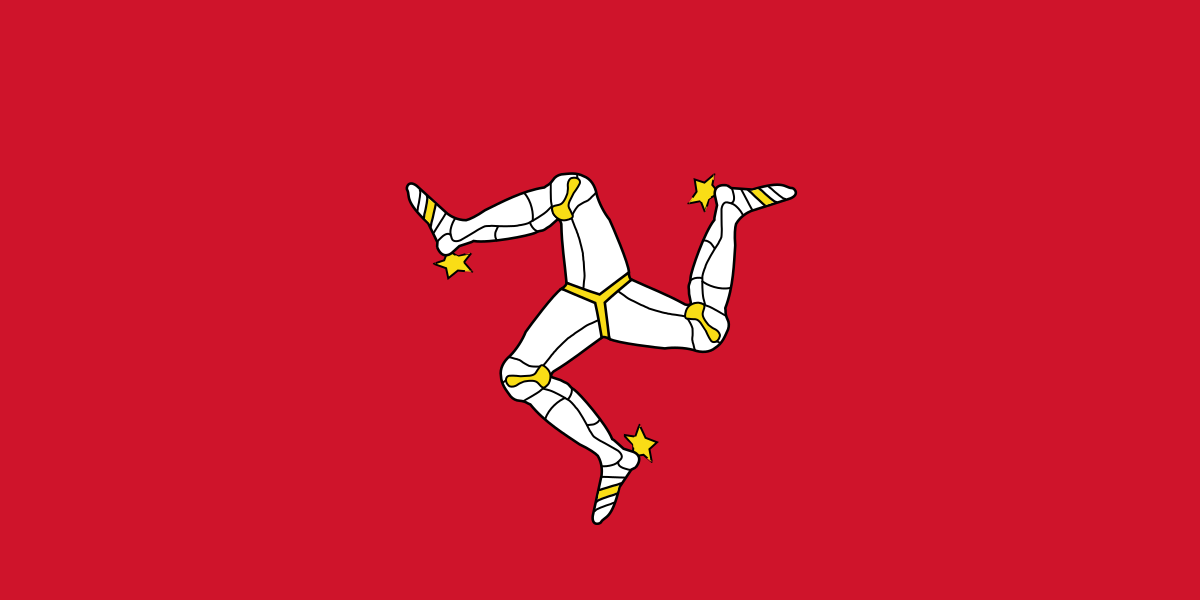Isle of Man
The Isle of Man is a self-governing British Crown dependency in the Irish Sea between England and Ireland. It’s known for its rugged coastline, medieval castles and rural landscape, rising to a mountainous center. In the capital, Douglas, the Manx Museum traces the island’s Celtic and Viking heritage. The Isle of Man TT is a major annual cross-country motorcycle race around the island.

-
Capital: Douglas
Important Cities: Douglas (Capital)
Airports:
- Douglas (IOM)
Tourist Attractions:
-
Isle of Man TT Races: World-famous motorcycle races on the Snaefell Mountain Course.
Castle Rushen: A medieval castle in Castletown.
Peel Castle: A historic fortress on St. Patrick's Isle.
Laxey Wheel: A large waterwheel and mining site.
Manx Electric Railway: A scenic tramline along the east coast.
Calf of Man: A nature reserve and bird observatory.
Currency:
Pound Sterling (GBP)
Cuisines:
Manx Kippers: Smoked herring, a local specialty.
Queenies: Scallops, often served in a creamy sauce.
Bonne Finney: A dessert made with apples and blackberries.
Queenies: Scallops, often served in a creamy sauce.
Bonne Finney: A dessert made with apples and blackberries.
Cultural Activities:
The Isle of Man has a rich cultural heritage, including its own language, Manx Gaelic, though English is predominantly spoken. Festivals, concerts, and cultural events often celebrate the island’s heritage.
Accommodation:
The Isle of Man offers a range of accommodation, including 3-star, 4-star, and 5-star hotels, guesthouses, and self-catering options. Notable hotels include the Claremont Hotel, the Sefton Hotel, and the Mannin Hotel.
Transport Connectivity:
The Isle of Man has a network of roads, and driving is a common way to explore the island.
Public transport includes buses and trams. The Isle of Man Steam Railway offers scenic train journeys.
The island is well-connected to the UK by ferry services.
Public transport includes buses and trams. The Isle of Man Steam Railway offers scenic train journeys.
The island is well-connected to the UK by ferry services.
Population:
Approximately 85,000.
Religion:
Predominantly Christianity, with various denominations.
Languages Spoken:
English (official) Manx Gaelic is a minority language, but efforts are made to preserve and promote it.
Disclaimer:
The information above is for reference, and we do not accept any liability for inaccuracies or updates.